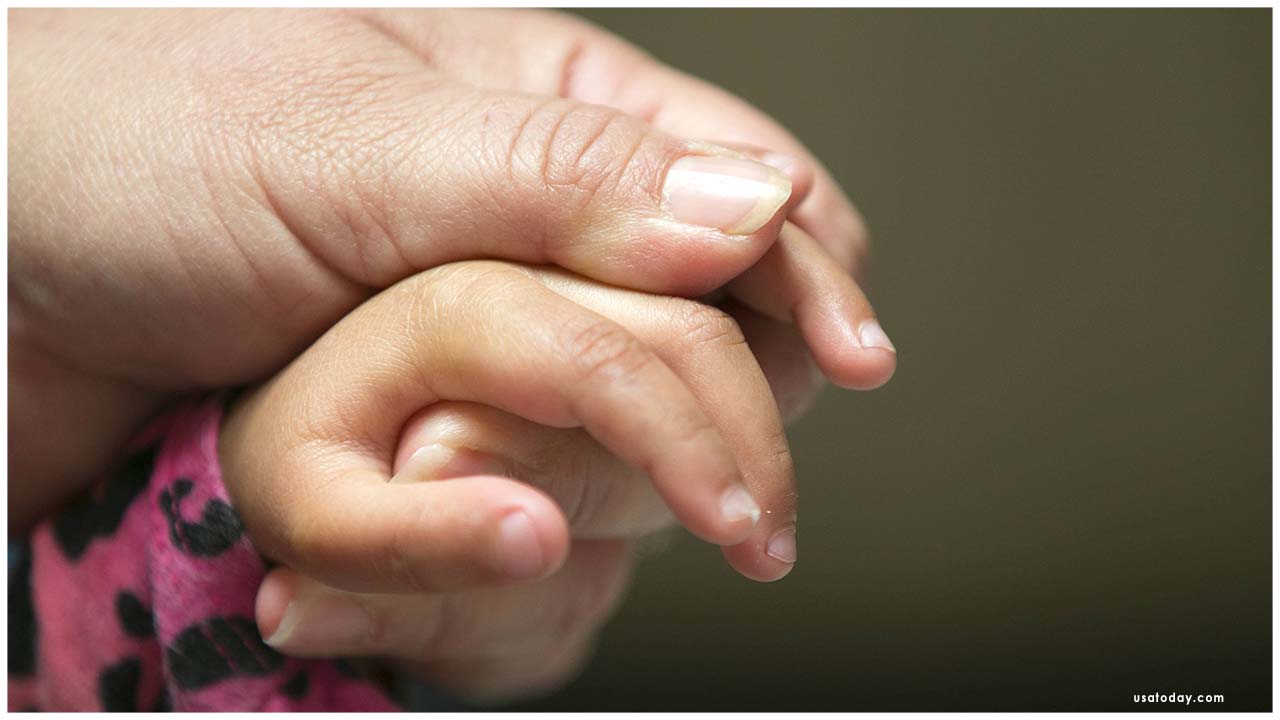As more individuals are remaining at home and going via vehicle since COVID-19 struck the United States.
Indeed, even before the pandemic started, accidental wounds like drownings fall, burns, and poisoning are the main source of death of kids in the U.S., as per the Centers for Disease Control and Prevention.
We do understand that accidents do happen but we can definitely avoid them as well.
Thankfully, many of these injuries can be prevented.
September is Baby Safety Month and child safety experts are offering tips and resources to help parents and caregivers protect their babies and young children during quarantine.
After carefully going through alot of data online we have concluded a list of things what you can do for FIRST CLASS SAFETY of your child
Sleep Safety Tips
The safest place for baby to sleep is in a bare, fully functional, properly assembled crib. Make sure there are no missing, loose, or broken parts or improperly installed screws, brackets or other hardware on the crib or the mattress support. Check the stability and hardware of the crib often, and only use hardware obtained directly from the manufacturer. Always use a properly fitting mattress as infants can suffocate in gaps between a poorly fitting mattress and the crib sides or ends. If using a baby monitor with cords, make sure all cords are out of arm's reach of your child. Never place any item in or on the crib that has cords, strings, etc., as babies can become entangled and strangle in these items. Your monitor should stay at least three feet away. Avoid strangulation hazards and never place the crib or toddler bed near windows with cords from blinds or drapesBaby Proofing, Home & Product Safety
Never leave children unattended during bath time and avoid distractions.
Correctly use and adjust straps and harnesses on products when available, each and every time.
Do not place your baby in an infant seat, swing, bouncer or car seat on a counter top, table or any elevated surface.
When changing or bathing a baby, be sure everything you need, such as diapers, shampoo and toys are within arm’s reach.
Use the restraints on your changing pad and bathers every time.
When using activity centers, mats or bouncers, keep away from stairs, doors, windows, plants, lamps, the television, fireplace, heaters or tables.
When baby can crawl, install gates on doorways and stairways.
If a child can try to climb the gate, teach them to use the stairs.
Car Safety Measures
Children should ride rear-facing until they reach the maximum rear-facing weight or height allowed by the manufacturer’s instructions. Children who exceed rear-facing limits should ride in forward-facing car seats with internal harnesses. Children who exceed the forward-facing harness weight or height limits should ride in booster seats until seat belts alone fit correctly. Follow the car seat instructions and your state law for proper selection and use of a car seat. Register your car seat with the manufacturer. Car seats expire, so check labels and instructions for information about your model’s useful life. Do not use a second-hand car seat or booster seat, especially if it is beyond the useful life period indicated by its manufacturer, has ever been involved in a crash, or if it has missing or damaged parts or labels. Ensure everyone in the car is buckled up! Unrestrained passengers can be thrown with violent force in a sudden stop or crash, potentially injuring themselves and others in the vehicle. Use your car seat during air travel to protect your child from turbulence.These are very minor yet very important options to go through. And always remember you can always make mistakes but trying not to is the right key for child safety.

 This report was in refernce to the article by Spectrumlocalnews.com
This report was in refernce to the article by Spectrumlocalnews.com









.jpeg)

.jpeg)










.jpg)




.jpg)

